My Favourite Peruvian Ingredients
I ate a lot of food whilst living in Lima. A lot. Ceviche, pollo a la brasa, lomo saltado, tres leches, arroz con leche, ají de gallina, anticuchos, alfajores … I could go on for a while. In fact, I normally do go on for a while, given the time and opportunity. But here, I am narrowing down my favourite Peruvian ingredients. I find it easier than choosing favourite meals, as there are so many, and talking about the ingredients gives me the chance to talk about the different dishes which can be prepared with each item. Think of it as getting more bang for your buck. First up,
Chirimoya
Chirimoya is sometimes known as custard apple in English, and to taste one it is easy to see why. Creamy, sweet, and refreshing, this fruit is widely available in Peru. It can be eaten simply as it is (as I often, greedily, consumed it), or blended into all manner of sweet treats, including ice cream. After getting rid of the hard, black stones scattered throughout the flesh, I particularly enjoy adding it to smoothies for a mellow taste and creamy consistency. In fact, cherimoya, frozen banana and coconut or oat milk (maybe with a dash of cinnamon) makes for a delicious, icy cold vegan milkshake.
Lúcuma
I am passionately in love with lúcuma. Outside of Peru, I have found it difficult to come across, mostly only available in powdered form. Although, I have recently heard of a Latin American shop in London which sells the frozen pulp, so I will have to make a pilgrimage sometime in the near future. At Lima’s Miztura food festival in 2014, I first tried lúcuma ice cream – it was reminiscent of dulce de leche, but deeper and more complex. That kickstarted my craze. In Peru, you can buy not just ice creams, but lúcuma-flavoured yoghurts, biscuits, cakes, creams and even Starbucks Lúcuma Frappucino. It is a staple flavour. In Europe, where it is relatively unknown and - as mentioned - my access to it is until now restricted to the powdered flesh, I have also been experimenting.
My first test was a no-churn ice cream (thank you for the inspiration, Nigella Lawson! ) flavoured with lúcuma and pisco. I may be biased, but it was exquisite! It is now one of my favourite ice creams and most prized discoveries, and my family love it too. It also has the benefit of being almost embarrassingly easy: just condensed milk, double cream, lúcuma and pisco, whisked up and stored in the freezer. I often throw the powder into smoothies with frozen banana (again), mango and maca. Most recently, I even tried my hand at a lúcuma and pisco tres leches cake. Now, I tried baking the cake in a moderately broken oven in my flat in Barcelona, in which all of the markings are rubbed off and my flatmates and I just used one setting and hoped for the best. The results could be interesting. The cake wasn’t perhaps the lightest tres leches I have ever eaten, but the flavours alone were pay-off enough – now I am back in England with an oven I know how to use, I will be trying again! It’s a dirty job, but someone’s got to do it.
Algarrobina
This is known in English as black carob syrup, although I have never come across it outside of my time in Lima. Like lúcuma, Peruvian Starbucks also have a Frappuccino based on it. You can also find it in cocktails, sweets and desserts – much like we use honey, maple syrup or, more trendily, agave syrup in Europe. But algarrobina doesn’t taste like either of those; dark and rich, this syrup tastes somewhere between treacle, coffee and bitter chocolate. Waiting for a friend in the Larcomar branch of Tanta, overlooking the Costa Verde and the roaring South Pacific Ocean, I once had a lúcuma-algarrobina-pisco cocktail which tasted like a slightly alcoholic mocha milkshake – without containing coffee, chocolate or milk! I chose to qualify it as a health drink, given the nutritious properties of both algarrobina and lúcuma.
Drizzle it over pancakes or ice cream, use it as a flavour in drinks or even mix it into your porridge. Black carob syrup adds depth, complexity and just enough sweetness to almost anything!
Maíz morada
Maíz morada is a variety of corn notable for its deep purple hue (hence the name). The most famous use of this beautiful, borderline-gothic corn is a drink called chicha morada. Made by boiling the purple corn with water, fruit and spices before being left to cool and spruced up with lime juice, this soft drink is highly popular across the country. When I first tried it, my impression was that it tasted almost like mulled wine without the alcohol. It took a while for me to get to grips with that idea (what’s the point of mulled wine without the alcohol? ), but eventually I came to accept that chicha morada is actually a tasty, refreshing drink in its own right (and there’s nothing to stop you adding a splosh of gin).
Two of Peru’s most famous soft drinks have to be chicha morada and Inca Kola. The latter is radioactively yellow and teeth-achingly sweet – think of a cross between bubble gum and the cream soda of our childhoods. Once in a while, and only when cold and then poured over ice, this can work – it is said to go particularly well with chifa, Peruvian-Chinese fusion cooking. But day to day, chicha morada is a lot easier on the tastebuds, offering depth, a more muted sweetness and a fruity, spiced note very welcome on a hot day in Lima.
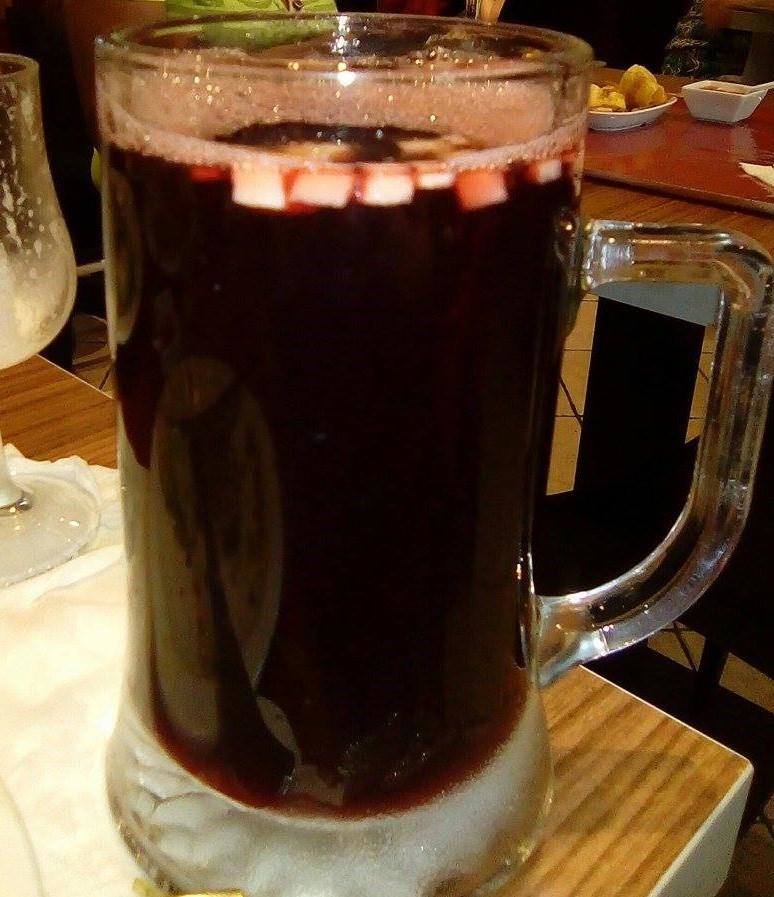 (The biggest chicha morada I have ever consumed)
(The biggest chicha morada I have ever consumed)
Maíz morada is also the key ingredient for the dessert mazamorra morada. The dessert has all the same flavours of the drink chicha morada, but has a consistency somewhere between pudding and jelly. It is immensely comforting, especially after one of those long, hard winter’s days when you are just too tired to chew.
Ají Amarillo
I have spoken at length about the sweet treats Lima has to offer, now let’s move on to the savoury end of the spectrum. Ají amarillo is a fruity chilli very traditional to Peru, and is a core ingredient in several of their most delicious dishes. Most famous amongst said meals is probably ceviche: white fish (often sea bass) marinated in leche de tigre and served with sweet potato, lettuce, giant corn kernels and crunchy corn. Leche de tigre itself consists of lime juice, ají amarillo and salt, sometimes with the additions of ginger, garlic or herbs like coriander. Sour, spicy and fresh, this dish is a celebrated part of the country’s culinary cannon for very good reason. I adore ceviche and could probably eat it every day; it’s so light and healthy, that probably wouldn’t be such a bad thing.
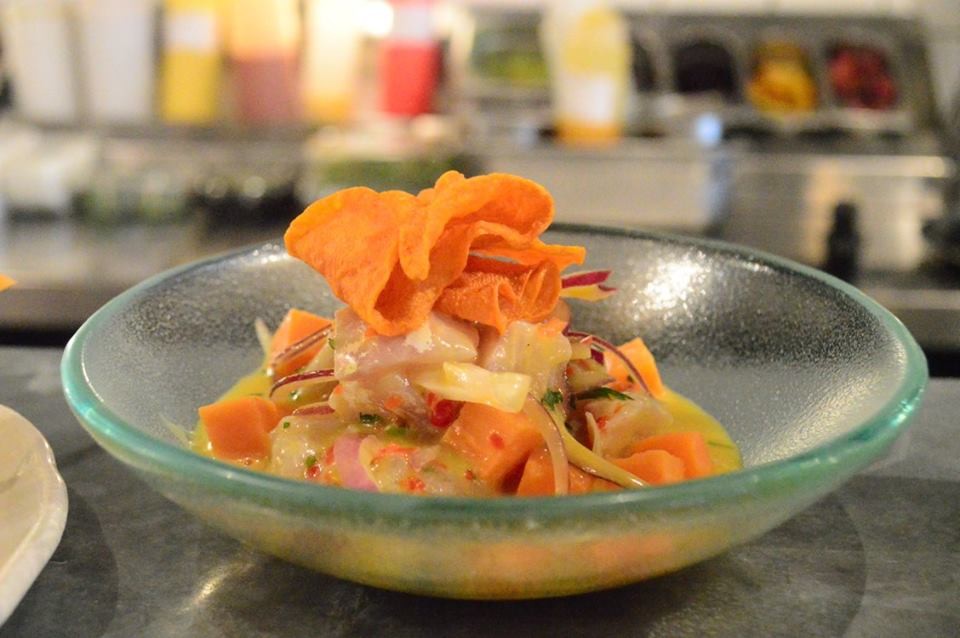 (Ceviche clásico, made with leche de tigre)
(Ceviche clásico, made with leche de tigre)
Another dish in which ají amarillo plays a key role is salsa huancaína: a creamy, cheesy, chilli-fied sauce with a similar texture to béchamel. It can be poured over boiled and sliced potatoes, then served with boiled eggs and black olives to make a very popular staple dish called papas a la huancaína(literally, huancaína potatoes), served alongside pollo a la brasa(Peru’s take on rotisserie chicken and chips), or be subjected to endless creative experiments. Personally, I love to play around with a recipe from the cookbook Ceviche by Martin Morales, and use the sauce to doll up macaroni cheese; instead of using a cheesy béchamel sauce in which to bake the pasta, I use homemade huancaína sauce and – as a personal touch – cover the top with finely sliced tomatoes. Be warned, it is dangerously compulsive eating.
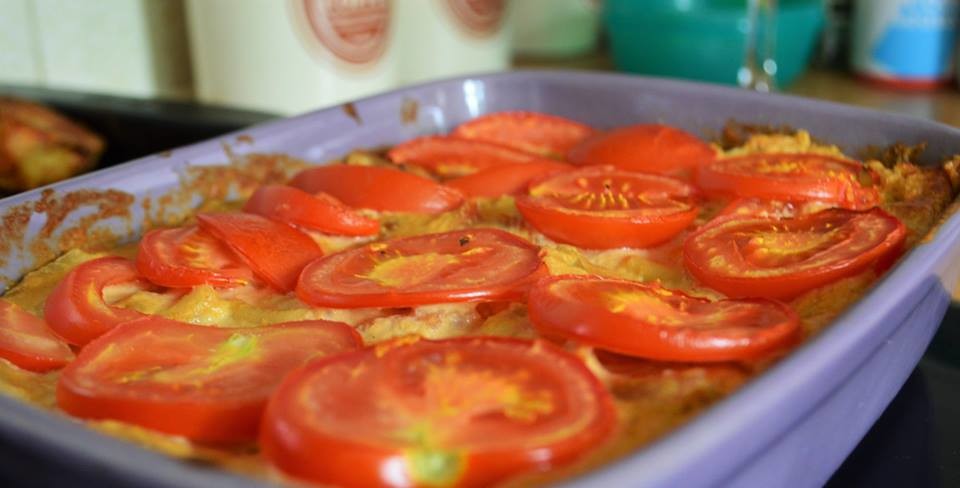 (my macaroni a la huancaína - irrestistable! )
(my macaroni a la huancaína - irrestistable! )
Pisco
For our final stop in this quick culinary journey, I bring you to Pisco. Pisco is the national spirit of Peru, a clear grape brandy. It is vital for that beautiful and increasingly à la mode cocktail, the Pisco Sour. I cannot tell you how many pisco sours I drank during my time in Lima, and in Europe ever since coming back. Though, since I get excited any time I see the words on a drinks menu, I have learnt the hard way not to buy a pisco sour just anywhere – one bar in Barcelona, whose name I forget, makes a terrible one and I was quite distressed by the waste of alcohol. Now I mostly make my own or go somewhere I know will prepare the cocktail the way it deserves. A well-made one is truly something special.
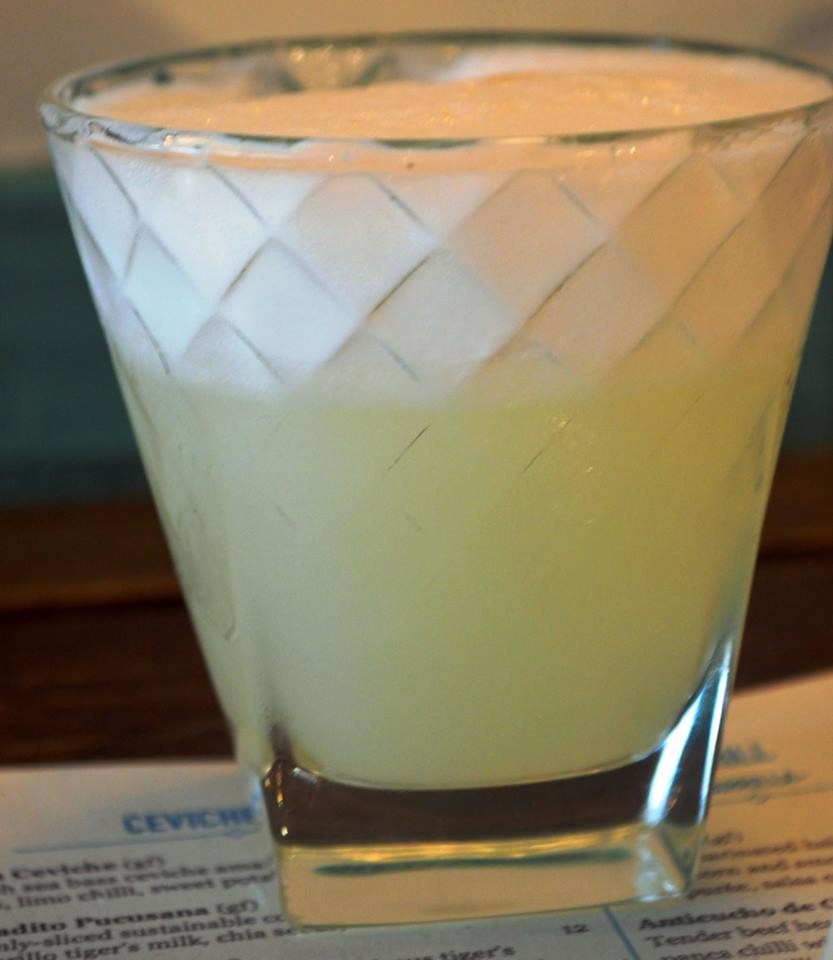 (A classic pisco sour at the restaurant Ceviche in London)
(A classic pisco sour at the restaurant Ceviche in London)
The ingredients list is short and simple: pisco, lime juice, sugar syrup, egg white and angostura bitters. Don’t worry, the egg white is solely for the purposes of giving the drink a frothy topping. As much as I trust bars and restaurants with this part, I have never gone to the lengths of separating eggs purely for the purpose of making cocktails – so imagine my delight when I found in a UK supermarket cartons of pasteurised free-range organic egg whites! Now my homemade pisco sours will both taste good and look the part.
I have also been known to experiment with this basic formula and make fruity pisco sour cocktails. In Lima, I was very fond of the maracuyá (passionfruit) pisco sour. Back in Barcelona and the UK, I have broadened my scope and played around with watermelon, strawberry, peach and even pineapple pisco sours. Since I am loath to throw away food, even if it is close to being overripe, I will tend to just chop up and freeze uneaten fruit. This means I can just throw any frozen fruit I may have stored in my freezer into a blender with pisco, lime juice and a touch of sugar syrup, and I am mere (if loud) moments away from a cold, refreshing pisco-based cocktail. I fully encourage you to experiment – although by no means disregard the original. A classic pisco sour walks the tightrope between sweet and sour, with just a note of bitterness and a good hit of the spirit.
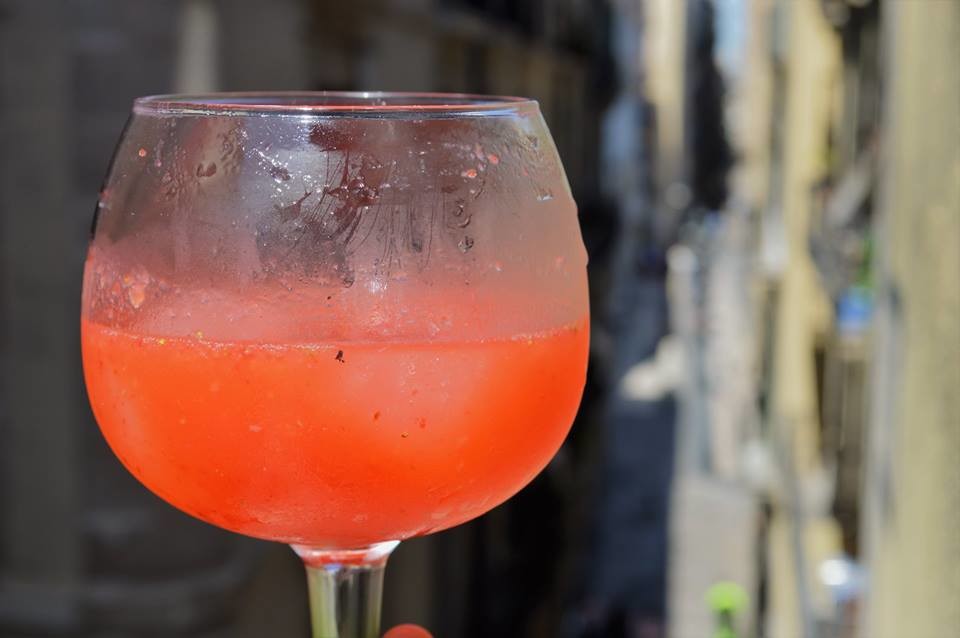 (My frozen strawberry pisco sour - yes, it was as good as it looked on a blazing hot Sunday afternoon)
(My frozen strawberry pisco sour - yes, it was as good as it looked on a blazing hot Sunday afternoon)
And here we are! That’s my list of Peruvian ingredients nearest and dearest to my heart. If anyone is passing through Peru – or even a Peruvian restaurant – keep an eye out for these ingredients. You will thank me! Now go, eat and enjoy!
Photo gallery
Content available in other languages
Want to have your own Erasmus blog?
If you are experiencing living abroad, you're an avid traveller or want to promote the city where you live... create your own blog and share your adventures!
I want to create my Erasmus blog! →





















Comments (0 comments)